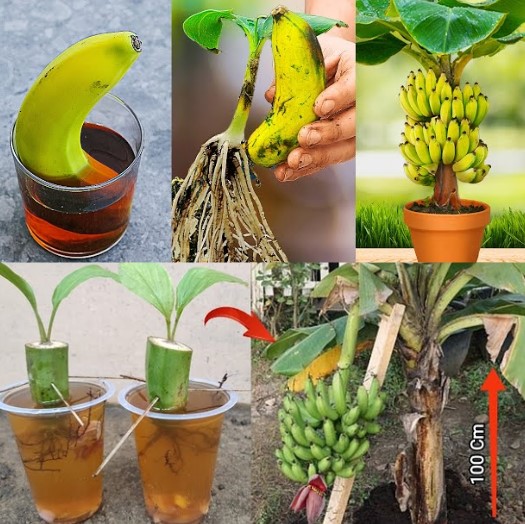## How to Graft Super Dwarf Papaya Trees: A Step-by-Step Guide
Grafting is a horticultural technique used to propagate fruit trees. Super dwarf papaya trees are a popular choice among home gardeners due to their compact size and prolific fruit production. Grafting can help ensure that you get the desired traits from the parent tree onto the new tree. Here’s a practical guide on how to graft down super dwarf papaya trees:
### Materials Needed:
– Rootstock plant (super dwarf papaya tree)
– Scion (cutting from a desirable parent tree)
– Grafting knife
– Grafting tape or rubber bands
– Rooting hormone (optional)
– Plastic bags
### Steps:
#### 1. Selection of Rootstock:
Choose a healthy super dwarf papaya tree that is about 1-2 years old. Select a rootstock plant that is disease-resistant and has a sturdy trunk.
#### 2. Selecting the Scion:
Choose a scion from a mature parent tree with desirable traits such as high fruit yield, disease resistance, or specific fruit qualities. The scion should be a young shoot around 6-8 inches long with a diameter that matches the rootstock.
#### 3. Cutting:
Make a clean diagonal cut at the top of the rootstock plant. Then, make a matching cut on the lower end of the scion. Both cuts should be at a similar angle to ensure a snug fit between the rootstock and scion.
#### 4. Joining the Rootstock and Scion:
Carefully place the scion onto the rootstock, ensuring that the cambium layers of both plants align perfectly. The cambium layer is the thin greenish layer just beneath the bark that is responsible for nutrient transport.
#### 5. Securing the Graft:
Use grafting tape or rubber bands to tightly bind the rootstock and scion together. This will help keep the graft in place and promote successful healing.
#### 6. Optional Step – Applying Rooting Hormone:
To enhance the chances of successful grafting, you can dip the cut ends of the scion and rootstock in rooting hormone before joining them. Rooting hormone can stimulate root growth and improve graft survival rates.
#### 7. Covering the Graft:
Place a plastic bag over the graft to create a microclimate that retains moisture and encourages healing. Make sure that the graft union is not crushed or damaged by the covering.
#### 8. Monitoring and Maintenance:
Keep the grafted plant in a warm, humid location with indirect sunlight. Check the graft regularly for any signs of infection or detachment. Water the plant as needed to keep the soil consistently moist but not waterlogged.
#### 9. Transplanting:
Once the graft has successfully taken and new growth appears on the scion, you can transplant the grafted plant into a larger container or the garden bed. Provide adequate support for the young plant to prevent any damage to the graft union.
### Benefits of Grafting Super Dwarf Papaya Trees:
– Grafting allows you to combine the best traits from different papaya varieties.
– It helps in producing disease-resistant and high-yielding papaya trees.
– Grafted trees tend to mature faster and start fruiting earlier than seed-grown trees.
– It helps maintain the compact size of super dwarf papaya trees while improving fruit quality.
In conclusion, grafting super dwarf papaya trees can be a rewarding and enjoyable gardening experience. By following these steps and techniques, you can successfully propagate and grow healthy, productive papaya trees in your garden or home orchard. Happy grafting!



